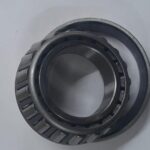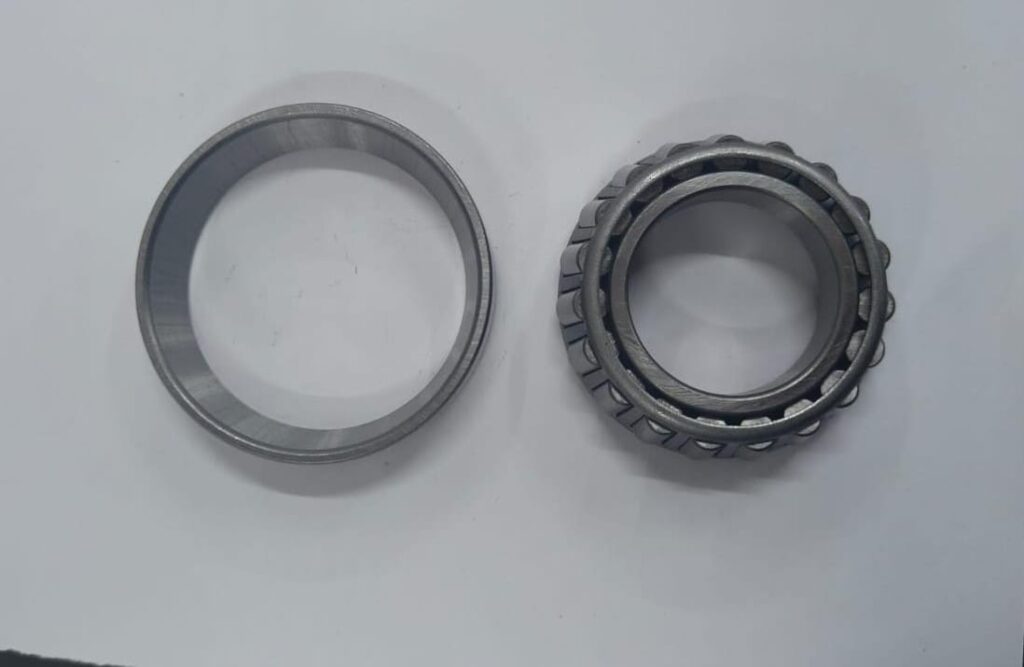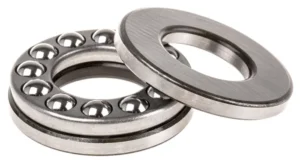Bearings are crucial parts in different mechanical systems, allowing for a smooth rotational or linear motion with minimal friction. Knowing how they work, the types available and their application is important to engineers, technicians and hobbyists in equal measure.
A bearing is a mechanical component used to support and guide rotating or moving parts, reducing friction and wear between these components. Bearings enable smooth and efficient motion by allowing constrained motion (usually rotation) and handling the loads that the moving part imposes. They are essential in various machinery, from automotive to industrial equipment.

TYPES OF BEARING
BALL BEARING
Most common type, designed to handle both radial and axial loads.
Typically used in applications where low friction and high-speed operation are required, like in electric motors and fans.


ROLLER BEARING
Uses cylindrical rollers instead of balls.
Better suited for heavier radial loads but limited in handling axial loads.
Common in conveyor belt rollers and heavy machinery.
NEEDLE BEARING
A type of roller bearing with thin, long rollers.
Designed for applications with limited space and lighter loads.
Commonly found in automotive transmissions and gearboxes.


TAPERED ROLLER BEARING
Features rollers that are conical in shape.
Can handle both radial and axial loads and are used in car hubs and heavy-duty machinery.
THRUST BEARING
Specifically designed to support axial loads.
Used in applications like turntables, automotive transmissions, and aerospace machinery


SPHERICAL BEARING
Allows for some misalignment and can handle radial and limited axial loads.
Used in car suspensions and heavy equipment.
ADDRESS
E-17 PHASE-2
mangolpuri industrial area
Delhi-110034
CALL US
+919810124646
+919313619701
+917428422705
